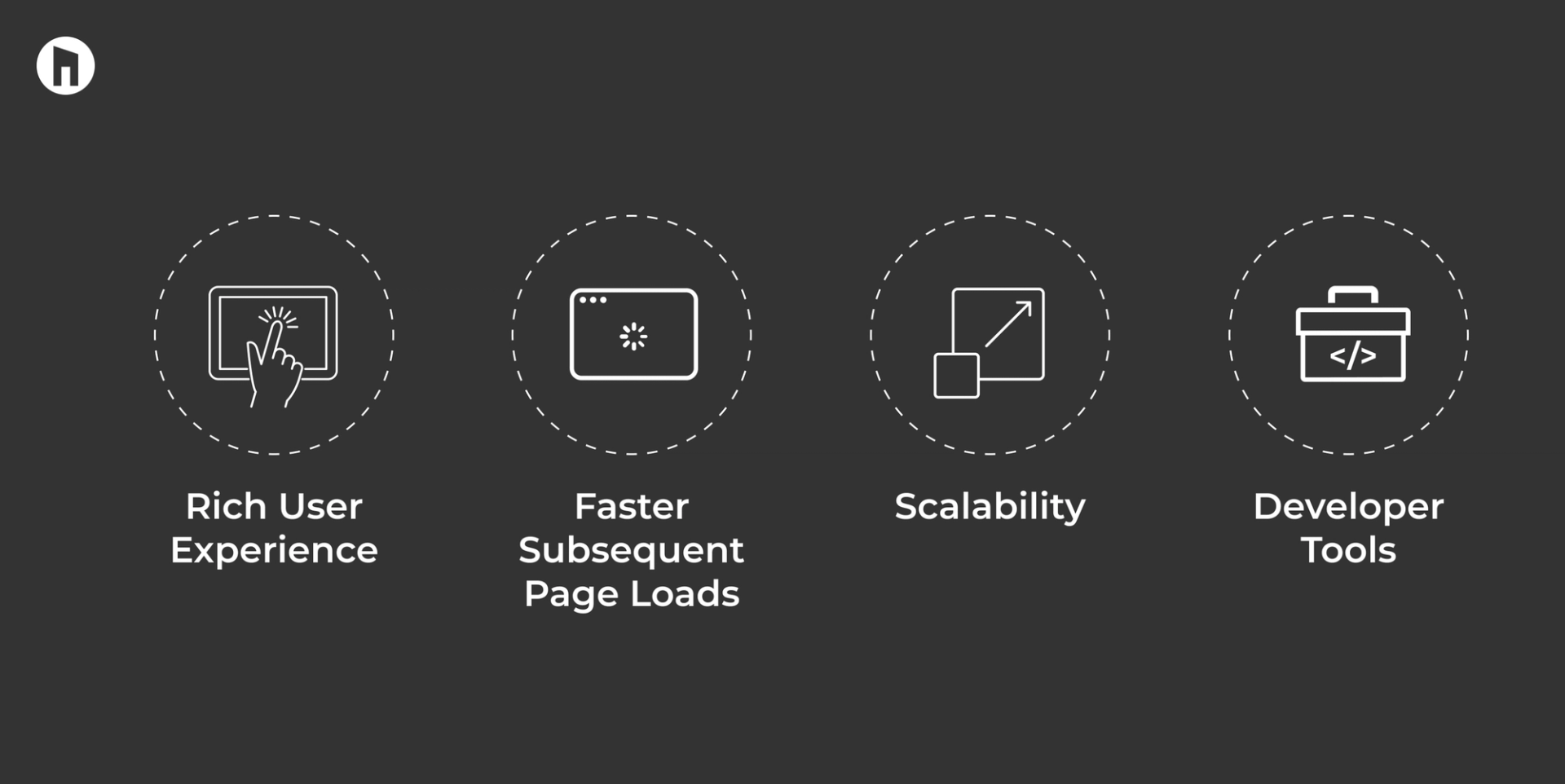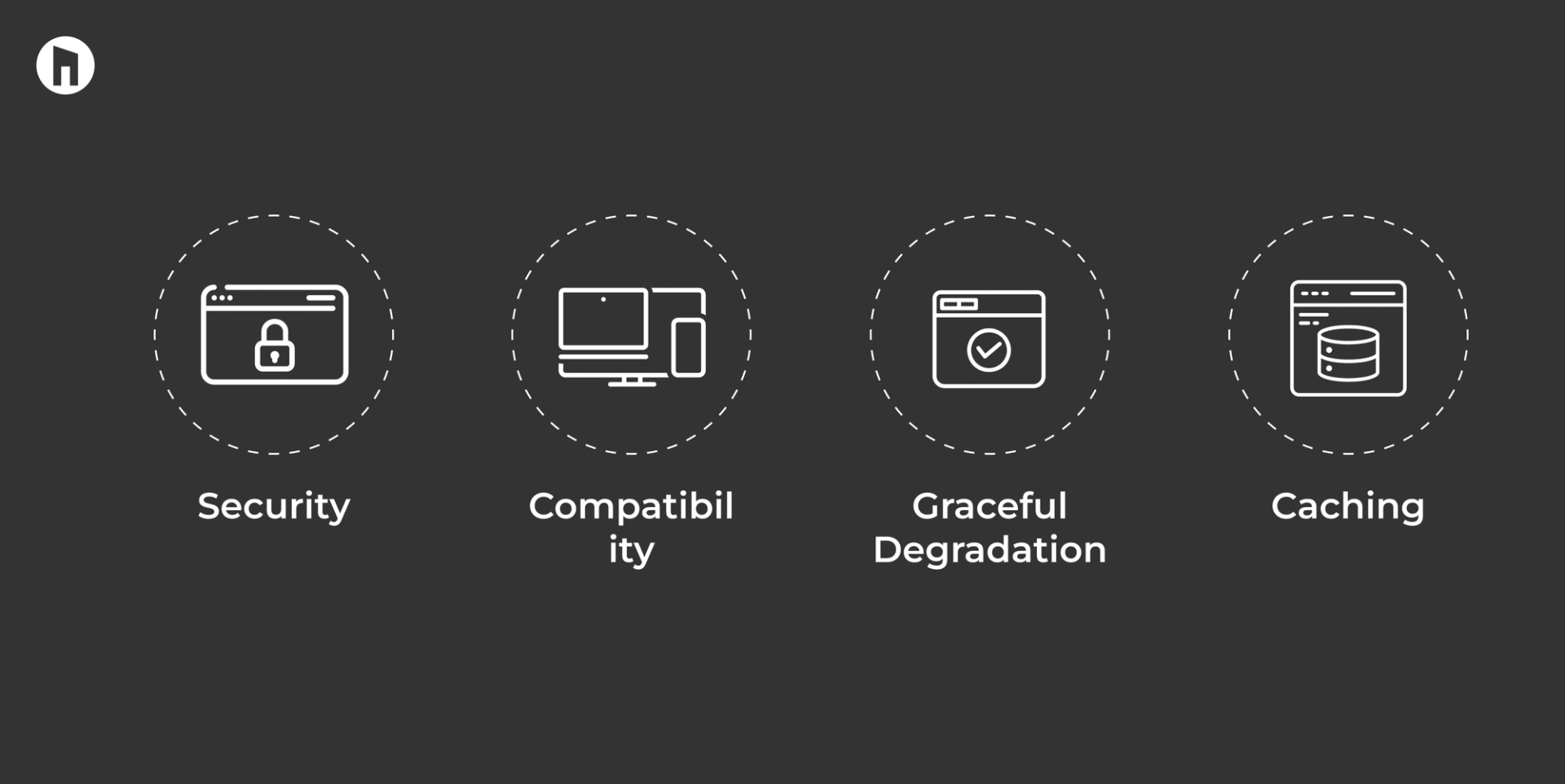Client-Side Rendering (CSR) Vs Server-Side Rendering (SSR)
Embarking on the journey of web development means navigating through various rendering techniques like CSR (Client-Side Rendering) and SSR (Server-Side Rendering). These methods play a pivotal role in determining the appearance, functionality, and speed of web applications, directly impacting user experiences.
Embarking on the journey of web development means navigating through various rendering techniques like CSR (Client-Side Rendering) and SSR (Server-Side Rendering). These methods play a pivotal role in determining the appearance, functionality, and speed of web applications, directly impacting user experiences.
Let's delve into the comparison between CSR and SSR, exploring their rendering mechanisms, performance implications, SEO considerations, suitability for different app types, and key factors developers should keep in mind.
Through this exploration, you'll gain a deeper understanding of CSR vs SSR, empowering you to make informed decisions that enhance user satisfaction, search engine visibility, and overall performance of your web projects.
Client-side rendering (CSR)
Client-side rendering involves the dynamic rendering of web content directly within the user's browser environment, offering real-time interactive experiences without solely relying on constant server requests.When you visit a client-side CSR website, you’ll see the first HTML file that comes from the server with very little content and references to the JavaScript files. Your browser will then download these scripts and run them to dynamically render the page.
Here are some of the benefits of this approach:
Advantages


- Rich User Experience: CSR enables highly interactive elements such as animations, live updates, and dynamic information without requiring full page reloads.
- Faster Subsequent Page Loads: Once the basic JavaScript files are loaded, navigating the site can be extremely fast because content is fetched dynamically.
- Scalability: Distributing rendering work to user devices reduces server load and allows for more efficient scaling.
- Developer Tools: Robust tools for developing intricate CSR applications are provided by contemporary frameworks and libraries.
Disadvantages


- SEO Limitations: Content that significantly relies on JavaScript rendering may be difficult for search engine crawlers to index.
- Initial Load Time: Due to the browser's requirement to download and run JavaScript code before rendering, the initial visit to the website may take longer.
- Browser Dependency: User experiences may differ depending on how various browsers read JavaScript code.
- Accessibility Challenges: One of the accessibility issues related to CSR is that full accessibility may be more difficult to achieve, especially for people with disabilities.
Server-Side Rendering (SSR)
In simple terms, Single Sign-on (SSR) means that the web server generates the complete HTML for a Web page on the Web server and then sends that HTML directly to the web browser of the client. When the client loads a Web page, it gets a fully-rendered HTML document from the start. Here are a few advantages of SSR:
Advantages


- Security: Since the server manages rendering, it can aid in safeguarding private information and thwarting specific kinds of intrusions.
- Compatibility: SSR ensures a consistent experience for all users by functioning properly on a variety of devices and browsers.
- Graceful Degradation:SSR is still able to deliver a minimally functional website to users whose device has limited capabilities for JavaScript.
- Caching: Caching entire pages on the server can enhance performance for users who visit again.
Disadvantages


- Scalability Challenges: As traffic grows, managing rendering on the server may become a bottleneck, requiring additional server resources.
- Limited Client-Side Interactivity: Frequent requests from the server may cause real-time updates and interactions to lag.
- Complexity in Development: Compared to CSR, implementing SSR frequently requires more intricate setup and maintenance.
- Higher Initial Data Transfer: More data may need to be sent from the server to the client in order for the page to load initially.
Comparison Table
FAQ's
1. What types of web applications typically use CSR and SSR?
Single-page applications (SPAs) and dynamic online apps—like social media platforms and web-based productivity tools—where user interaction and real-time updates are essential frequently employ CSR.
For content-heavy websites, blogs, e-commerce platforms, and apps where SEO is a top concern and quick initial load times are crucial, SSR is frequently chosen.
2. Can CSR and SSR be combined in a single application?
It's true that CSR and SSR approaches can be combined into a notion known as "Hybrid Rendering" or "Universal Rendering." In order to improve SEO and load times, this method uses SSR for the first page load. To boost interactivity, it then switches to CSR for subsequent interactions.
3. How do CSR and SSR impact search engine optimization (SEO)?
Because search engine crawlers can readily scan and process the entire HTML text, SSR is typically more SEO-friendly. To achieve the best search engine visibility, CSR-based applications might need to implement extra SEO tactics like server-side rendering or pre-rendering techniques for important sites.
4. Which approach is better for improving performance?
Performance can be enhanced by both CSR and SSR, although they have different effects. CSR improves perceived performance by increasing interactivity and lowering server burden for ensuing interactions. SSR improves user experience by optimising SEO and initial load times.
5. What considerations should developers keep in mind when choosing between CSR and SSR?
Application complexity: SSR is better for content-focused websites, whereas CSR is appropriate for highly interactive applications.
SEO requirements: SSR is a superior option if SEO is a top priority, but CSR applications can use SEO techniques to lessen difficulties.
Performance objectives: When choosing between CSR and SSR, take into account variables including initial load times, perceived performance, and server resources.
6. Are there any alternatives to CSR and SSR?
Indeed, there are other methods, like incremental static regeneration (ISR) and static site generation (SSG). SSG provides quick performance and SEO advantages by pre-generating HTML files throughout the construction process. ISR improves scalability and flexibility by combining the benefits of SSR and SSG to update static content dynamically.
In summary, CSR prioritizes rich content and interactivity but may have issues with SEO and load times. Conversely, SSR improves SEO and speeds up load times, but it may also reduce interactivity and strain server resources. Depending on the kind of application, SEO requirements, performance goals, and server resources, one should choose between CSR and SSR.
